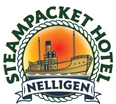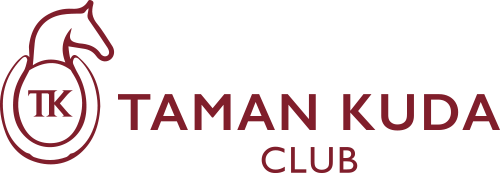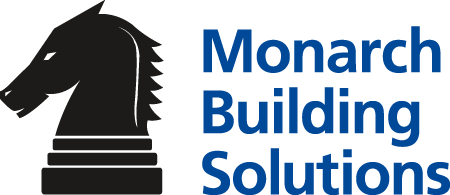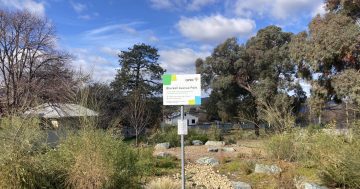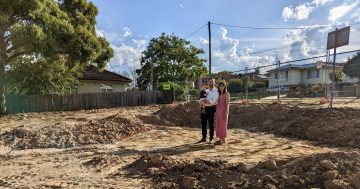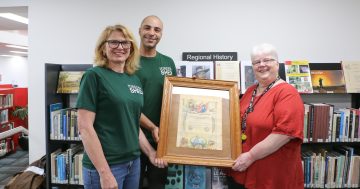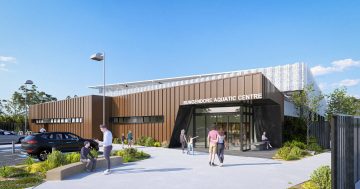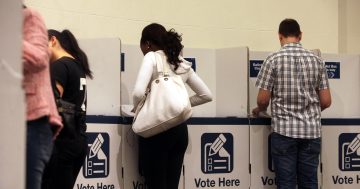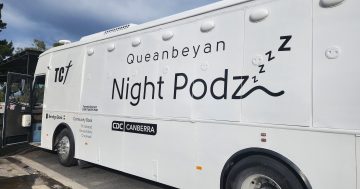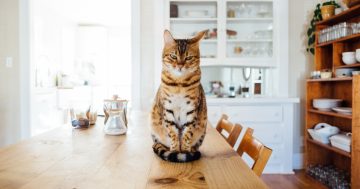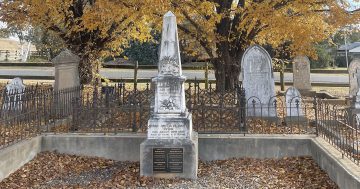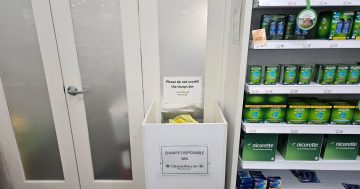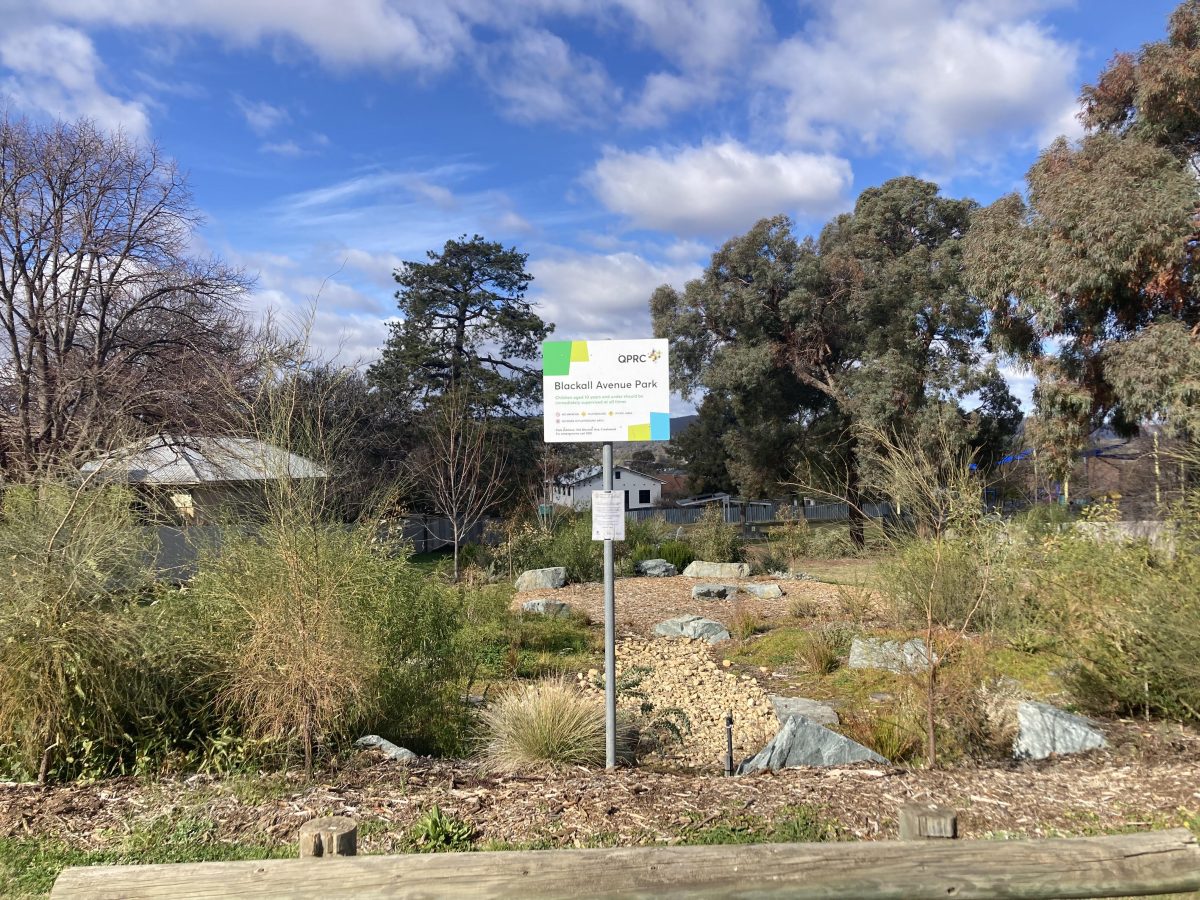
The microforest at Blackall Avenue Park in Queanbeyan is being followed by a second project. Photo: Mitch Porteous.
More green space is on the horizon for southeast NSW as a regional council pushes forward with support for a project.
Earlier this year, the Microforest Collective sought support from Queanbeyan-Palerang Regional Council (QPRC) for a new microforest in southeast NSW.
A microforest is a small area densely planted with a variety of plants to create a mini ecosystem.
During a recent meeting, councillors voted to support the project and offer in-kind support to the Microforest Collective.
They also approved draft concept design plans.
Microforest Collective’s Mitch Porteous said he was keen to start work on the project.
Once the seeds are planted, it will be the organisation’s second microforest in Queanbeyan, following a site within Queanbeyan’s Blackall Avenue Park.
“It’s just been fantastic … every time I visit [the existing microforest], I’m bumping into people who have a different story to share about it,” Mr Porteous said.
Earlier this year, councillors voted to have council staff evaluate their first project, assess its impact on residents, its ongoing use and the growth of plantings.
A decision was put off until those results were in, which Mr Porteous described as being “overwhelmingly positive”.
According to council documents, the new project will be located on Ash Street in Karabar, within a 2112 sqm site. Access would be through Ash and Hakea streets.
“That park does represent many parks across not only [the Queanbeyan area], but across Australia. It’s quite bare – hot and dry during summer and not utilised in the winter months,” Mr Porteous said.
“It’s really perfect for a microforest where we can bring people together, give a sense of somewhere to fit, and restore biodiversity to the area.
“I think that site has a lot of potential.”
Council has allocated $10,000 towards the project in in-kind support, with the Microforest Collective seeking things like temporary fencing, provision of mulch, signage and other elements.
“It’s incredibly close to the Karabar High School, and I think there’s something magic about that. These kids in future can walk up to the microforest … they helped [create].
“A few years from now, when they’re visiting with their friends, I imagine this could be a really fantastic point of local pride.”
Mr Porteous said the timeline for the Ash Street project would depend on the formation of a committee to oversee its development.
The design of the second microforest is yet to be finalised, but council documents state it will feature pedestrian pathways, informal seating and a dry creek bed.
The project will also keep all existing trees at the site.
“I would love to do, potentially, a co-design community workshop [in] October or November this year – or earlier,” he said.
“We would look to incorporate all those ideas from the co-design and community input [process] to then come up with an architectural plan … and that architectural plan would then get signed off by council.
“From there, we would then run the crowdfunding campaign to really close out the process and make sure that we can deliver this fully.”
Mr Porteous said their model meant councils could work with the organisation and grow green space, rather than taking on the projects solo.
The Microforest Collective has established a series of microforests across NSW and the ACT to mitigate urban heat and foster community connections – with more on the cards.
“A lot of councils want to be ambitious, but they’re a bit constrained by their budgets … whereas what we do is say, ‘Hey, let us help you’.
“[The idea is to] help improve this public space with the community, and not cost them any money.”
Further information is available via the Queanbeyan Microforest Facebook page or through its Instagram page.



